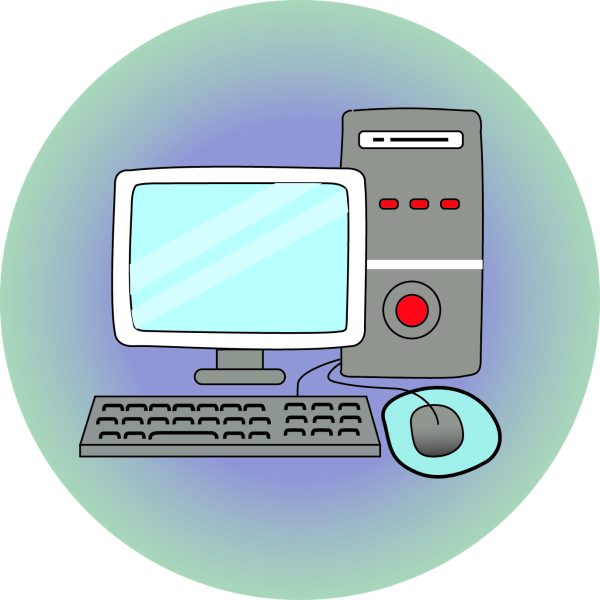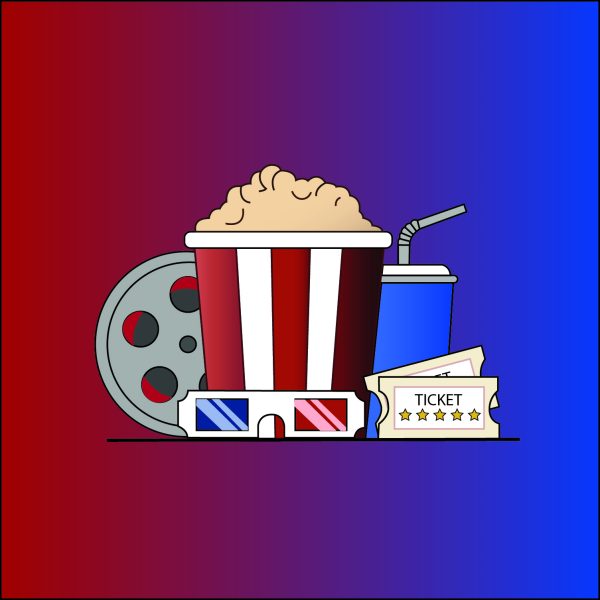The Evolution of Book Banning
October 6, 2022
In recent years you may or may not have heard the phrase “book ban” going around on the news and social media. This rising wave of censorship and bans stemming from concerned parents and state and school officials has rapidly grown, reestablishing a movement of restriction and suppression against a new generation of literary works and authors. From Harper Lee’s “To Kill a Mockingbird” to JD Salinger’s “Catcher In the Rye ” and even Shakespeare these are just some of the titles that have been banned or censored in the past century or so. Nowadays book banning has evolved into a whole new pace of growing and organized numbers. According to an article by National Geographic, “Between July 1, 2021 and March 31, 2022 alone, there were 1,586 book bans in 86 school districts across 26 states—affecting more than two million students, according to PEN America, a nonprofit that advocates for free speech.” Since then, more books have come under fire. Deborah Caldwell-Stone, the current director of the Office for Intellectual Freedom at the American Library Association (ALA) on Grid News states that in the past, it was not abnormal for one to two books to be challenged by schools per year. Now she says that it is common for four to six books to be challenged each day. So, what exactly is the reason behind so many books being banned? Why these books?
There are many reasons to why a book may be banned, but according to National Geographic, the books that featured LGBTQ+ issues or characters were a “major target” of bans while others targets of bans include books with plots about race and racism, sexual content, or sexual assualt and death. President of Book Club, senior Anagha Rao had an interesting input as to why this may be. She states, “I think because books sometimes introduce ideas that a person might not believe in, like someone who is an authority figure who can exercise their influence over others, and if someone puts out a book that has an idea they do not want to be spread that is probably why.” What is clear is that many of the books being challenged present-day are those that feature diversity and celebrate diverse cultures and history of races. To further understand the motives behind book banning is to understand that it often comes from a place of the unknown and discomfort. IHS Librarian Katie Murray says, “I think people get uncomfortable with what they do not know or understand and have experience with and that is what concerns me. Just because a parent might not be comfortable with something, if they do not allow their child to then read the book then that child will potentially continue being become uncomfortable instead of being exposed to things and kind of opening their mind.” Additionally, Author Jason Reynolds says, “So, what happens is that we produce this work, young people read it, the adults are uncomfortable. And so they assume that their young people are uncomfortable even though young people are living very different lives and have a different access to information that we did not have and have a different language in literacy that we did not have, right, when it comes to all of these conversations.” Many can agree that most books that are targets of censorship come from parents who are concerned and want to be involved in their children’s education and learning but come at the expense of suppressing student’s options when finding a book to read.
Undeniably, book banning has many effects, both on authors whose books are being challenged and to students who lose the chance to pick up a uniquely diverse book that challenges society’s idea of what is meant to be read. However the effects of book banning and censorship go no further than your local library or school library. For those who devote their career to knowledge and books, censorship and banning has affected many of the nation’s librarians. The article by National Geographic, says, “These attempted bans tended to have a chilling effect on librarians afraid to acquire material that could be considered controversial. But some schools and public librarians began to organize instead. They responded to a rash of challenges against books McCarthy-era censors felt encouraged Communism or socialism during the 1950s and fought attempted bans on books like ‘Huckleberry Finn’, ‘The Catcher in the Rye’, ‘To Kill a Mockingbird’ and even ‘The Canterbury Tales’.” Murray explains the effects of book banning: “As an educator, as a librarian, I think it will definitely affect me more than it did as a classroom teacher. Since the classroom curriculum has been reviewed by the district this has a little more freedom for the librarian to choose off of those lists, award lists, recommendations etc., I think there is a little more freedom which comes with more opportunity for censorship.” Additionally, while speaking with students of IHS and asking how they would be affected by book banning, all agreed that it comes down to the availability. Freshman Ryan Kastner says, “ I think book banning could affect me as a student maybe because I would not have a choice in what I could read for books. Maybe I might be missing out on some learning information.” Rao agrees, and adds that it would affect her knowing that a book would not be available to her if she wanted to read it.
Like how there are always two sides to a story, there is no denying that the subject of censorship has been met with different voices and opinions about what is right and wrong. Tiffany Justice, the co-founder of the group “Moms for Liberty” a group that advocates for more significant parental rights, accountability and transparency in schools says, “I mean, there’s not two sides to this issue. There are moms who love their kids, who don’t want pornography in school, and then there are people who do want pornography in school. I think that the book issue has been used to try to marginalize and vilify parents. And the truth is there is no place for pornography in public schools,” But others have a difference in opinion. Reynolds says, “The truth of the matter is that most of these books are being couched in, they are being like, seated down and challenged based on obscenity which is an excuse to not have to say it’s because there are racial topics or there are sexual topics in these books.” It is clear that there are a variety of points of views. When asking IHS students their opinion on a common reason why books are being banned, the concern of age appropriateness was raised. Senior Isabella Mitchell says, “Well, I feel like it is up to parent discretion. I feel like some kids have a mature mind and they can read more complex topics when you get into a mature audience like 18 plus kinds of books. I understand censoring those books for younger kids because they do not know anything yet but once you are a teenager I do not think you need books censored for you. You pretty much get access to that through TV, news and just at school in general.” Rao and Kastner both agreed that the reason was valid.
While speaking with Murray about her general feelings on book banning, she had an interesting perspective on banned books: “I think especially for a middle and high school audience, it is almost like promoting the books which I think is great. So if you are telling kids they can’t read a book, those are the books they are first going to try and check out. So, I actually think that it increases our circulation of books, which is kind of exciting for me to get into the hands of kids.” With that being said, it is important that, while everyone has a difference in opinion regarding books and the messages it teaches, books are a tool of knowledge that everyone has a choice in choosing. When speaking with CBS News, Josie Diffenbough, the president of the Teen Banned Book Club, states, “Not every book is for everybody, but every book is for someone.”






